I Don't Want To Be A Professional Salsa or Bachata Dancer!In the world of dance, aspiring students often express their intentions not to pursue a professional career but simply to enjoy the art form. However, dance instructors understand the importance of mastering the fundamentals, highlighting parallels with other sports like baseball and basketball.
Just as in baseball, where catching, throwing, and hitting are essential skills for fun gameplay, and in basketball, where shooting, passing, and dribbling are key for participation, Salsa and Bachata dancing also require fundamental abilities. These include dancing on timing, memory retention, mastering lead and follow roles, and partner coordination. Whether you're a beginner or a seasoned dancer, these core principles form the foundation for an enjoyable and fulfilling dance experience. Embracing these fundamentals with dedication and practice can elevate your skills, enhance your performance on the dance floor, and deepen your appreciation for the art of Salsa and Bachata. Remember, in the world of dance, mastering the basics is not optional - it's the key to unlocking a world of rhythm, connection, and joy. So, let's step onto the dance floor, embrace the fundamentals, and dance our hearts out to the beat of Salsa and Bachata!
0 Comments
Mastering salsa and bachata in just 2-8 hours would be quite a challenge, as these dances are complex and have rich cultural and historical roots. However, with dedicated practice and effective learning techniques, it's possible to make significant progress in a short amount of time. Here are some tips for taking on this "impossible" dance challenge:
While mastering salsa and bachata in just a few hours is a lofty goal, the key is to approach the challenge with patience, dedication, and a willingness to learn. Enjoy the process of discovery and improvement, and remember that dance, like any skill, takes time and effort to truly master. When it comes to dancing, counting from 1 to 8 is often used as a basic rhythmic structure for many dance styles. However, some people may have trouble counting 1 to 8 for various reasons:
To overcome difficulties in counting 1-8 while dancing, here are some remedies you can try:
It's important to note that counting in dance is a skill that can be developed and improved over time with practice, patience, and a supportive learning environment. Dance classes, private lessons, and regular practice can help individuals enhance their ability to count and stay on beat. Remember, progress takes time, so be patient with yourself. Celebrate small victories along the way, and enjoy the process of improving your dancing and counting abilities. When it comes to dancing with a partner, why is it so important to count?
Counting is important in partner dancing for several reasons:
Overall, counting in partner dancing promotes coordination, musicality, communication, and synchronization between dance partners. It enhances the overall dance experience and helps create a seamless and enjoyable dance with one another. The word ‘bachata’ has gone through many transitions, meaning different things at different periods of Dominican history. It started out as just a word designating traditional guitar music, although in the 1960s it was used to label romantic guitar music. A ‘bachata’ was also a generic label for gatherings that took place at informal Sunday afternoon parties where guitar-based groups would play for casual recreation. It was also music that played a large role in entertainment in cabarets (which were actually brothels) and it is only recently that the stigma attached to word has been lessened.
Music of Bitterness: With the death of Rafael Trujillo in 1961, the music – then often called ‘bolero compensino,’ made its way to the capital of Santo Domingo along with a multitude of countryside compensinos that had been living in squalor during the dictator’s reign. There the music changed from romantic boleros to stories about jealousy, rivalry, fights, poverty and life led in the barrios. It’s not surprising that bachata is equated to the Dominican version of the blues; with lyrics that reflected such dire and troubled lives, bachata became known as the music of bitterness or sorrow. Jose Manuel Calderon: The first recognized bachata singles (“Barracho de Amor” and “Que Sera De Mi”) were recorded by Jose Calderon in 1961 although it was a decade before the word became commonly attached to a musical genre. In the 1960s, merengue continued to reign supreme in the Dominican Republic and ‘bachateros’ had no reliable outlet in higher social circles nor in the media. It was still embarrassing to be caught listening to bachata and musicians attracted to the genre would often sneak out at night to perform in clubs and bars where bachata was popular. Modern Bachata: Modern bachata can be dated to sometime in the 1980s. At the time, bachateros were singing lyrics full of sexual innuendo and double entendre. In fact, bachata’s first superstar, Blas Duran, was king of this type of lyric. Duran simplified the music, making it easier for dancers and added electric guitar to his song “Consejo A Las Mujeres” in 1987. The tune became a huge hit, paving the road to bachata’s acceptance by a much wider segment of the population. Bachata Turns To Romance: By the 1990s, bachata evolved the way music is prone to evolve, mutating and fusing with other genres. In the case of bachata, fusion occurred most often with the country’s dominant genre, merengue. It was artists like Anthony Santos and Luis Vargas that, during this decade, focused bachata’s themes to the romantic, so much so that by the 1990s the genre dealt almost exclusively with love, most often unrequited or disappointed love. Monchy & Alexandra: Even with the gradual gentrification of bachata, no one outside of a Dominican population was listening to the music. It took the duo of Monchy & Alexandra to raise international awareness of the music. Monchy (Ramon Rijo) and Alexandra (Alexandra Cabrera de la Cruz) started singing together in 1998 and their complimentary voices together with some clever pop-style arrangements made their albums and international tours huge hits. In the process, it opened the door to an appreciation of bachata by non-Donimican Latinos. (The duo broke up - 9/08). Bachata in New York: Bachata originally reached the level of popularity that it enjoys today in New York rather than in the Dominican Republic, embraced by a Dominica migrant population that was less class conscious and eager to embrace the music of home. Influenced by rock, R&B and modern popular genres, bachata remains a dominantly romantic music. Aventura: The group that is currently holding sway over the hearts and minds of bachata lovers is Aventura from the Bronx. Even with the addition of some urban elements, their music remains firmly in the realm of traditional bachata and is helping to win more and more Latin music fans to this distinctive Dominican musical tradition. If you're interested in a first-hand examination of the history of bachata, told by the artists that were instrumental to the genre's rise to international prominence, Luis Vargas' Santo Domingo Blues is a film not to be missed. Wrote this in 2012: click here! Part 2 coming soon! It can be difficult to determine whether a dance instructor is only interested in your money, but here are some signs that might indicate this:
1. Pushing expensive classes or private lessons: If a dance instructor is constantly pushing you to take expensive classes or private lessons, it may suggest that they are more interested in making money than helping you improve your dancing skills. 2. Lack of personalized attention: If your dance instructor seems disinterested in your progress or doesn't provide personalized feedback, it could be a sign that they are solely focused on getting paid rather than helping you improve. 3. Refusal to answer questions or provide explanations: If your dance instructor refuses to answer your questions or provide detailed explanations about the techniques they are teaching you, it may suggest that they are more interested in keeping you dependent on their instruction, rather than empowering you to learn on your own. 4. High-pressure sales tactics: If a dance instructor uses high-pressure sales tactics to get you to sign up for classes or lessons, it may indicate that they are more interested in making a sale than in helping you achieve your goals. 5. Lack of transparency: If a dance instructor is not transparent about their fees, policies, or other important details, it may suggest that they are not trustworthy and may be more interested in taking your money than providing quality instruction. It's important to remember that not all dance instructors who charge for their services are only interested in your money. However, if you notice multiple red flags, it may be worth considering finding a different instructor who is more focused on helping you improve your skills rather than just making a profit.
Not all instructors get mad if their students go to other instructors to learn, but some might feel offended or upset if they perceive it as a lack of loyalty or commitment to their teaching. Dance instructors, like any other professionals, invest a lot of time and effort in developing their skills and building their reputation. When students seek instruction from other teachers, it can be seen as a sign that the instructor is not meeting their needs or expectations. Additionally, some instructors may feel that their methods or techniques are superior to those of other instructors, and therefore, feel that their students should not seek instruction elsewhere. They may also worry that their students will pick up bad habits or conflicting information from other teachers. However, it's important to remember that it's entirely normal and even beneficial to seek instruction from different teachers. Different instructors have different styles, approaches, and areas of expertise, and exposing yourself to a variety of teaching methods can help you become a more well-rounded dancer. Instructors who are confident in their abilities and have a genuine interest in their students' progress will encourage them to seek out different perspectives and experiences to enhance their learning. If an instructor becomes angry or upset about their students seeking instruction elsewhere, it may be a sign of insecurity or a lack of focus on the student's needs.
It's possible that an instructor may be afraid of losing business to the competition if their students seek instruction elsewhere, but this is not always the case. It's important to remember that dance instructors are people with varying motivations and concerns, and there could be many reasons why an instructor might react negatively to their students seeking instruction from other teachers. Some instructors may be protective of their students and genuinely believe that they are providing the best instruction. They may worry that their students will be misled or confused by conflicting information from other instructors, or develop bad habits that will be difficult to correct later on. Others may be concerned about their reputation as a teacher and worry that their students seeking instruction elsewhere signals a lack of faith in their abilities. They may fear that their students will spread negative reviews or opinions about their instruction to others. Still, others may view their students as a source of income and may be worried about losing business to the competition. In some cases, instructors may try to pressure their students to stay with them by using guilt, manipulation, or other tactics. Ultimately, it's up to each individual instructor to decide how they react to their students seeking instruction elsewhere, but it's important for them to prioritize their students' needs and interests above their own personal concerns or motivations. Good instructors are committed to helping their students achieve their goals, regardless of where they seek instruction or guidance.
No, an instructor should not be mean or discouraging to a student who decides to leave to learn from someone else. While it can be disappointing to lose a student, it's important for instructors to remember that students have the right to choose who they learn from and what works best for them. Being negative or confrontational with a student who has decided to switch instructors can create a negative experience for the student and potentially damage the instructor's reputation. It is much better for instructors to remain professional, supportive, and respectful, even if they may be disappointed. Instead of being mean or discouraging, instructors can use this experience as an opportunity for growth and self-reflection. They can ask their former student for feedback and take the opportunity to learn and improve their teaching methods. They can also focus on attracting and retaining new students by providing quality instruction and building positive relationships. Ultimately, instructors should prioritize their students' needs and interests above their own personal concerns or motivations. Good instructors are committed to helping their students achieve their goals, regardless of whether they choose to continue learning with them or seek instruction elsewhere.
If an instructor talks negatively about another instructor just to discourage a student from trying their classes, it could be considered unprofessional and unethical behavior. This behavior is commonly known as "poaching" and is considered to be a form of anti-competitive behavior. Dance instructors should focus on providing quality instruction and building positive relationships with their students, rather than trying to prevent them from seeking instruction from other teachers. Talking negatively about another instructor can create a negative impression on the student and may ultimately harm the instructor's reputation. Furthermore, it is not fair to the student to limit their options or opportunities to learn from different instructors. Each instructor has their own style, approach, and areas of expertise, and it's important for students to be able to explore different perspectives and experiences to enhance their learning. Instead of talking negatively about other instructors, instructors should focus on building their own reputation as a quality teacher and providing a positive learning experience for their students. They can do this by demonstrating their own expertise, providing quality instruction, and building positive relationships with their students. I hope this helps. Thank you for taking the time to read this. Finding the right dance instructor can be an important factor in your dance journey. Here are some tips to help you find the right dance instructor for you:
Remember, finding the right dance instructor may take some time and research, but it's worth it to find someone who can help you achieve your dance goals and make the learning process enjoyable. By considering these factors and taking the time to find the right dance instructor, you'll be setting yourself up for success and enjoyment in your dance journey. Common thing that happens in every partner dance: Is Backleading Beneficial or Detrimental? Let's find out...
Backleading in social dancing refers to a follower attempting to anticipate or control the leader's movements, rather than responding to their lead. This can occur for various reasons, and it's important to remember that not all followers, regardless of gender, will engage in backleading. However, some potential reasons why a female follower might backlead: 1. Lack of trust or patience: A follower may not trust their leader to execute certain moves or patterns, or they may feel impatient and try to speed up the dance by backleading.
2. Inexperience: Some inexperienced followers may not have fully grasped the concept of following and may unintentionally backlead as they try to keep up with the dance.
3. Overconfidence: A follower who is confident in their abilities might feel they know what the leader should be doing, and may try to take control of the dance by backleading.
5. Teaching or helping: In some cases, a more experienced follower might think they are helping a less experienced leader by backleading, guiding them through moves or patterns they might not be familiar with.
It's important to note that backleading can hinder the development of both the leader and follower's dance skills. It can lead to miscommunication and frustration between partners, as well as impede the natural flow of the dance. Both leaders and followers should strive to improve their respective roles and communicate openly with their partners to address any issues that arise. I hope this helps not for the follower but, also the lead. What make you a true Salsero(a) or Bachataero(a)...
If you dance, listen to salsa or bachata regularly and have a passion for these dance styles & music, then you can consider yourself a Salsero(a) or Bachatero(a). These terms are often used to describe people who are enthusiastic about these Latin dance styles, music, the history and actively participate in the dance community. Being a Salsero(a) or Bachatero(a) involves more than just knowing the basic steps of these dances. It also means immersing yourself in the culture surrounding these dance styles, learning about their history and evolution, and developing a deep appreciation for the music, artists that accompanies them. Many Salseros(as) and Bachateros(as) also attend social dance events, clubs, congresses, conventions, festivals, take classes and workshops to improve their technique, and participate in competitions and performances. Some even travel to other parts of the world to experience different styles of salsa and bachata and to connect with dancers from other cultures. Salseros(as) and Bachateros(as) often have a deep love for music and actively seek out new and old hits to share with others at social dance events, clubs, congresses, conventions, and festivals. Some are passionate music collectors or DJs who are always on the lookout for new or classic tracks to add to their collections. Some even travel to other parts of the world to discover new music. Whether they are music lovers or professionals, Salseros(as) and Bachateros(as) embrace the rich history and diverse range of music that accompanies these dance styles. It's very important (somewhat) a requirement to be a Salsero(a) or Bachatero(a) to know the music and artists that sing the music, having knowledge about the music can enhance your understanding and appreciation of these dance styles. Salsa and bachata music have rich histories and are deeply embedded in the cultures from which they originate. Learning about the artists, composers, and musicians who create this music can help you better interpret the nuances of the music and connect with it on a deeper level. Additionally, understanding the lyrics of the songs can help you express the emotion and story of the music through your dance. Many Salseros(as) and Bachateros(as) have a deep passion for the music that accompanies these dances and actively seek out new music or awesome classics to dance to. They may attend concerts, listen to music on their own time, and share their favorite songs with other dancers, DJs and musicians in the community. Ultimately, being a Salsero(a) or Bachatero(a) is about embracing the culture, passion, joy, and connection that these dance styles and music can bring to your life. Keep evolving, educating and growing. It's keeps the community healthy and strong. Share it with others to continue this culture for many generations to come. If you don't care, enjoy it as a hobby. Sexual assault is a serious issue that affects many men & women, and it's important to take steps to protect yourself and reduce your risk in the dance scene.
Here are some tips to help prevent sexual assault: 1. Be aware of your surroundings in a dance studio or club is important for your safety. Here are some tips to help you stay aware:
2. Re-emphasizing it, trust your instincts: If you feel uneasy or uncomfortable in a situation, trust your gut and leave the area. 3. Stay sober: Drinking alcohol or using drugs can impair your judgment and make you more vulnerable to sexual assault. 4. Travel with a friend: If possible, travel with a friend or in a group. Once again, there is safety in numbers. 5. Practice good communication: Be assertive and clear in communicating your boundaries to others. Don't be afraid to say no or to speak up if you feel uncomfortable. Remember that sexual assault is never the victim's fault. No matter what precautions you take, it's important to remember that the perpetrator is the one responsible for their actions. If you are a victim of sexual assault, it's important to seek help and support from trusted friends, family members, or professionals. Things to consider...
Always, remember no matter where you are "they are wolves among sheep". It's important to always keep in mind that there may be dangerous or predatory individuals in any given location or situation, even if most people are well-intentioned and harmless. In other words, there may be "wolves among sheep." Therefore, it's important to stay vigilant and be aware of your surroundings, take precautions to protect yourself, and trust your instincts if you feel uncomfortable or unsafe. As an instructor I get this comment alot & here is my response, enjoy...
It's understandable that practicing alone can be challenging, especially in partner dances where you rely on a partner to learn and practice specific moves. However, there are several ways to practice and improve your dance skills even without a partner. One option is to focus on your individual technique and footwork. You can work on improving your balance, posture, and body alignment by practicing basic dance steps and movements. This will not only improve your overall technique but also make you a stronger and more reliable partner when you do have one. Another option is to practice with a dance instructor or take group dance classes or go out social dancing where you can learn and practice with other dancers. This allows you to learn new moves, receive feedback, and practice with others who have similar skill levels. You can also practice visualization techniques, where you mentally rehearse dance routines and imagine yourself social dancing or performing them with a partner. This can help you develop a better sense of timing and rhythm, as well as improve your muscle memory. Overall, while it can be challenging to practice without a partner, there are several strategies you can use to continue improving your dance skills. Remember that consistent practice and dedication are key to becoming a good dancer, regardless of whether you have a partner or not. The million dollar question...
Becoming a good dancer requires consistent practice and dedication. The amount of practice needed to become a good dancer can vary depending on the individual and the style of dance they are interested in. As a general rule, it is recommended that dancers practice for at least several hours per week in order to see progress and improvement. This can be broken down into shorter practice sessions of 20-30 minutes each day or longer sessions of 1-2 hours a few times per week. Regular practice is important for several reasons. Firstly, it helps to develop muscle memory, which is crucial for social and performing dance movements with precision and fluidity. Secondly, consistent practice allows dancers to build stamina and endurance, which are necessary for longer songs. Finally, regular practice helps to build confidence and allows dancers to refine their technique, social and performance skills over time. However, it is important to note that the quality of practice is just as important as the quantity. A dancer who practices consistently but without proper technique and focus may not see the same level of improvement as someone who practices with intention and attention to detail. Therefore, it is important to prioritize quality over quantity when it comes to dance practice. Fania Records is a New York based record label established by Dominican-conceived author and bandleader Johnny Pacheco and his Brooklyn conceived Italian-American ex-New York City Police Officer turned attorney Jerry Masucci in 1964. The name took its name from a well known luncheonette regularly visited by artists in Havana, Cuba that Masucci regularly visited when he worked for an advertising firm there during the pre-Castro time. Fania is known for its advancement of Salsa music. How Fania Started?Disappointed by the pitiful measure of cash he was getting for his accounts, Johnny Pacheco began Fania Records in 1964 and offered records to music stores out of the storage compartment of his vehicle. To assist with financing the business, he merged with his Brooklyn-conceived Italian legal advisor and advertiser Jerry Masucci, and in 1964 established the Fania name to deliver, advance and market the music of Latinos in New York. The label began as a little endeavor however acquired fame after the progress of Pacheco's first record/collection, johnny Pacheco's "Cañonazo", prompting the development of its ability base Pacheco envisioned. Among Fania's unmistakable stars are: Pete "El Conde" Rodríguez, Hector Casanova, Rey Reyes, Willie Colón, Celia Cruz, Eric Gale, Larry Harlow, Ray Barretto, Ralfi Pagan, Luis "Perico" Ortiz, Bobby Valentín, Rubén Blades, Héctor Lavoe, Cheo Feliciano, Adalberto Santiago, Ismael Miranda and numerous others. In 1968, Pacheco made a supergroup known as the Fania All-Stars that united the world class of his Salsa artists and vocalists for joint exhibitions and recording. They made their presentation at the Red Garter club situated in New York's Greenwich Village, however it was their 1971 exhibition at the Cheetah, a club in Midtown Manhattan, which became unbelievable. Pacheco as music chief and directed the band in front of an audience. The Fania All-Stars were recorded for the narrative Our Latin Thing delivered a year after the fact. In 1973, Fania All-Stars performed at Yankee Stadium to an arena with 45,000 participants. Pacheco guided the band to an invigorated group who gave a shout out to each Fania All-Star part. Starting at 2007, all that is left is "Larry Harlow and the Latin Legends of Fania". In 2003, the 1975 Fania discharge Live at Yankee Stadium was remembered for the second arrangement of 50 accounts saved in the United States National Recording Registry. Masucci, who'd purchased out Pacheco's portion of the organization around 1967, turned into the sole proprietor of Fania Records and the various different marks and umbrella names in South America that he procured and made. Masucci kicked the bucket in 1997, and for the following eight years, Fania and each of its resources were restricted in probate court while different gatherings fought over its possession. In September 2005, Fania's resources were offered to V2 Records and Miami-based mark Emusica, and by mid 2006, the new proprietors started to reissue material from Fania's overabundance list (some of which has never showed up on CD) with upgraded sound and liner notes. With an end goal to make extra satisfied, Código Records, an auxiliary of the Emusica mark, permitted DJs and makers to remix unique material. As of July 27, 2018, Fania is claimed by Concord, which procured the name from Codigo Entertainment. Fania's index included 19,000 expert accounts and 8,000 creations. For any given Salsa singer to reach the title of sonero is as good as it gets. All the best Salsa artists in history belong to this category. So, What is a sonero anyway? In very simple terms, there are three elements a Salsa singer must have to be considered a real sonero: A unique voice, good improvisation skills and the ability to accommodate voice and improvisation over any kind of melody. On top of all that, a sonero must have a charismatic and appealing figure on stage. Having said this, the following list offers a selected group of some of the best Salsa artists known as soneros. 10. Adalberto SantiagoThis Puerto Rican singer owes much of his personal success to the time he spent with the legendary Ray Barreto. However, Adalberto Santiago has also worked with some of the biggest names in the industry including Roberto Roena and Louie Ramirez. His legacy as a real sonero was achieved during the time he spent with the Fania All Stars. Some of his most famous tracks include "Quitate La Mascara," "La Hipocresia Y La Falsedad," and "La Noche Mas Linda." 9. Tito Rodriguez Tito Rodriguez had a wonderful voice for Bolero. In fact, because of his enduring interpretation of the Bolero song "Inolvidable," he is usually remembered as "El Involvidable" (The Unforgettable). Besides his voice, Tito Rodriguez was also a talented songwriter as well as a complete musician able to play different instruments. His influence on Mambo was significant. 8. Benny More Benny More is one of the most important names in Cuban music. A true pioneer of the sonerosgroup, Benny More was able to play it all. From Cuban Son and Mambo to Bolero and Guaracha, Benny More felt comfortable adding his voice to all the rhythms from its native land. He was also a member of the legendary Trio Matamoros. 7. Pete "El Conde" Rodriguez"El Conde," as he was known, had a wonderful, powerful voice that fit the heaviest Descarga in the same way it fit the sweetest Bolero. He gained worldwide exposure with Johnny Pacheco and the Fania All Stars. Some of hist best singles include "Catalina La O," "La Escencia del Guaguanco," "Micaela" and "Sonero." His version of the Bolero song "Convergencia" is one of the best in its genre. 6. Ruben Blades Besides having all the features that define a sonero, Ruben Blades has produced some of the most meaningful lyrics in Salsa music. His glory has not only touched music but also acting and even politics. Some of his most popular hits include "Plastico," "Decisiones" and "Te Estan Buscando." His single "Pedro Navaja" is considered one of the greatest Salsa songs of all time. This Panamanian artist built a big chunk of his initial success alongside Willie Colon. 5. Cheo Feliciano Cheo Feliciano is the owner of one of the sweetest and most romantic voices Salsa music has ever known. This Puerto Rican singer started his career back in the 1960s with the legendary Joe Cuba Sextet. Right from the very beginning, Cheo proved to be a gifted artist who later on consolidated his own name with the famous Fania All Stars. Some of his hit songs include "Anacaona," "El Raton" and "Amada Mia." 4. Oscar D'Leon Oscar d'Leon is Venezuela's greatest Salsa artist in history. "The Lion of Salsa," as he is often referred to, is an essential star of the groups of soneros that have shaped Salsa music. Besides having an amazing voice and a large music repertoire, Oscar D'Leon is also one of the best performers on stage especially when playing his bass. His name is a must have in any list dealing with best Salsa artists in history. 3. Celia Cruz Not all the big soneros have been male artists. In the history of Salsa, there is a big exception to that rule. The name of that exception is not other than Celia Cruz, the Queen of Salsa. The legendary Cuban singer has been, in fact, one of the best soneros (soneras?) in Salsa music. Her powerful voice, charismatic style on stage and ability to improvise lyrics in the middle of a Salsa melody gave Celia Cruz the highest status that any Salsa artist can achieved. Some of the top songs by Celia Cruz include "Tu Voz," "Burundanga" and "Sopita En Botella." 2. Hector Lavoe Regarded by many as the best Salsa artist in history, Hector Lavoe revolutionized this music genre with his unique, nasal voice and the amazing ability to come up with lyrics able to fit any note. Known as "La Voz" (The Voice) or "El Cantante" (The Singer), Hector Lavoe is definitely one of the best soneros of all time. 1. Ismael Rivera Ismael Rivera was known as "El Sonero Mayor." That title defined this Puerto Rican singer as one of the best soneros in Salsa history. His unique voice and style shaped a whole generation of Salsa artists. Some of his best songs include "Mi Negrita Me Espera," "Las Caras Lindas," and "Sale El Sol."
Born on April 23rd 1937 in Barrio Pozas in Ciales, Puerto Rico. His lead vocals are among the best in salsa, and for over two decades he has sessioned as a coro (chorus) singer on countless New York recordings. His early influences included the great Cuban vocalists Beny Moré (below: left pic) and Miguelito Cuní (below: right pic). This multifaceted, extraordinarily talented artist always dreamed of becoming an actor. He was ruggedly handsome with an excellent physique. But fate had something else in store for Adalberto Santiago. From a very early age, Santiago was known for his beautiful voice. Didactic by nature, he was able to master a wide range of tones. He learned to play guitar by ear and began playing music, finding inspiration in everything around him. Eventually, he formed his first romantic trio, and the band performed at weddings and other parties. He received his first musical award on “Tribuna del Arte,” a popular television show hosted by Rabel Quiñones Vidal (pic below) that popularized many artists in Puerto Rico. This experience led Santiago to join Chuíto Vélez y las Estrellas Boricuas, with whom he made the leap to New York City. Once there, he began to develop his professional career, performing in night clubs throughout the city. Simultaneously, he gained notoriety for his rhythmic style and gift for dance, becoming one of the most popular and sought-after stars of salsa. Santiago caught the eye of Ray Barretto, who asked him to join his band. While he was working with Chuíto and Barretto, Santiago collaborated with other groups on various albums, including several on the Fania Records label: “Adalberto Santiago,” “Calidad,” “Feliz me siento,” and “Popeye el marino.” These albums boasted several smash hits, including “Llévale a Mi Amor,” “Tirita,” “Sácale Punta,” “Debut y Despedida,” and “Píntame.” Adalberto Santiago has had one of the most prominent careers in the music industry; and although the acting world missed out on a true talent, the music world gained a phenomenal artist who occupies a seat of honor among the greatest musicians of all time. One of my top 10 soneros! Back in the 1930s, Cuban music was heavily influenced by Danzon. This music style, which appeared in the late 19th century, bore lots of similarities to the original and melodic Cuban Danza. One of the popular bands at that time was the orchestra of Arcaño y sus Maravillas. The band played lots of Danzon but some of its members introduced variations to the classic beat of Danzon. The members were the brothers Orestes Lopez and Israel "Cachao" Lopez. In 1938, they produced a Danzon single entitled Mambo. The Lopez brothers incorporated a heavier African beat into their music. This new type of Danzon, which is at the base of Mambo music, was known at that time as Danzon de Nuevo Ritmo. Sometimes, it was simply called Danzon Mambo. Perez Prado and The Birth of Mambo Although the Lopez brothers set the basics of Mambo, they really did not move forward with their innovation. In fact, it took a couple of decades for the new style to be able to transform itself into Mambo. The popularity of Jazz music and the big band phenomenon of the 1940s and 1950s played a major role in the development of Mambo. Damaso Perez Prado, a talented pianist from Cuba, was the one who was able to consolidate the definitive arrangements that pushed Mambo music into a worldwide phenomenon. Perez Prado moved to Mexico in 1948 and built his career in that country. In 1949, he produced two of his most famous pieces: "Que Rico Mambo," and "Mambo No. 5." It was with these two singles that the mambo fever hit the 1950s. Around that time, the famous Cuban artist Beny More joined the Perez Prado band in Mexico recording enduring tracks like "Bonito y Sabroso." Tito Puente and The Mambo After Perez Prado By the mid 1950s, Perez Prado was already a huge point of reference for Latin music all over the world. However, at that time Perez Prado was criticized for producing music that was moving away from the original sounds of Mambo. Because of this, that decade saw the birth of a new wave of artists willing to preserve the original sounds of Mambo. Artists such as Tito Rodriguez and Tito Puente consolidated the original Mambo sound that Perez Prado had previously created. During the 1960s, Tito Puente became the new king of Mambo. However, that decade was defining a new kind of music of which Mambo was just one of the ingredients. The new sounds that were coming from New York were creating something much bigger: Salsa music. The Legacy of Mambo
The 1950s and 1960s saw the golden years of Mambo. Nevertheless, those golden years were rapidly overcome by the development of Salsa, a new crossover experiment that borrowed elements from different Afro-Latin rhythms like Son, Charanga, and, of course, Mambo. The deal at that time was not about improving Mambo but rather using it to better develop Salsa. All things considered, Salsa is probably Mambo's most enduring contribution to Latin music. The influence of Mambo in Salsa is a significant one. For Salsa, the idea of having a full orchestra comes from Mambo. Besides Salsa, Mambo also played a significant role in the development of another popular Cuban invention: Cha Cha Cha. Although Salsa finished with the golden years of Mambo, this genre is still quite alive in ballroom dance competitions all over the world. Thanks to Mambo, Latin music gained lots of exposure around the world during the 1950's and 1960s. Thanks to Mambo, Salsa and Cha Cha Cha were born. For everything it accomplished, Mambo is definitely one of the most successful creations in Latin music. |
Details
AuthorSalsaEddy a lover of the music & culture. Love to learn & share. Enjoy! Archives
May 2024
Categories |

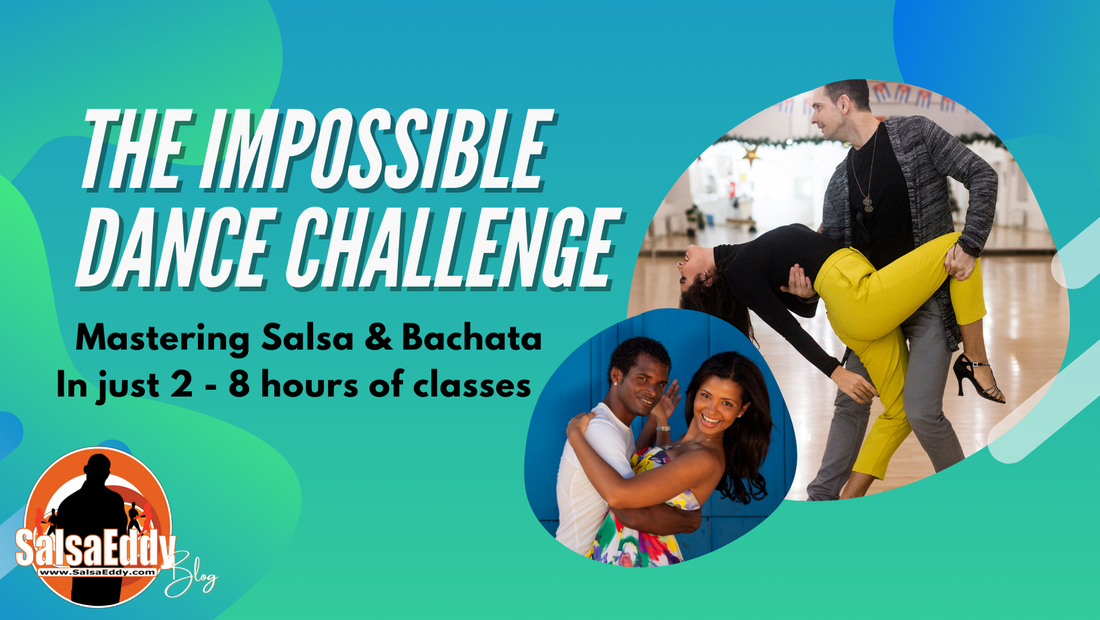

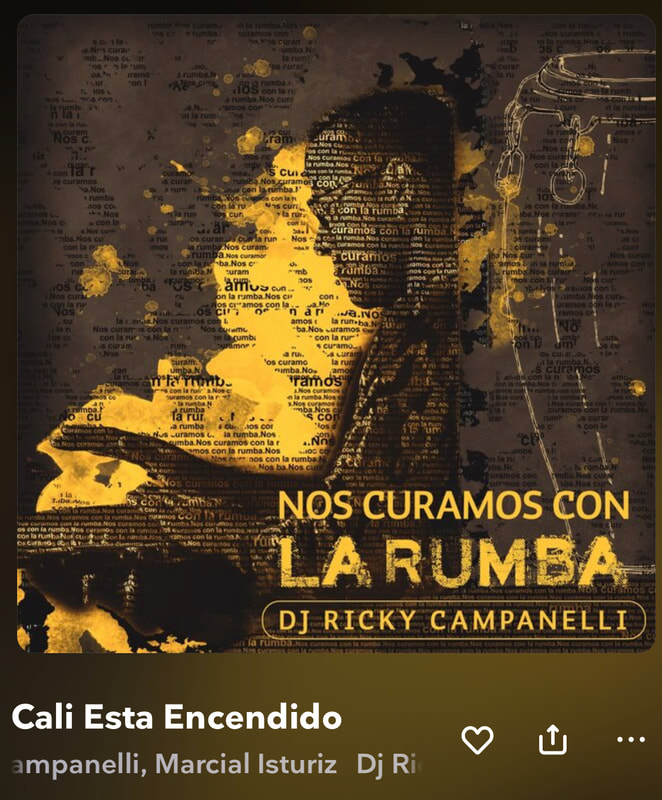
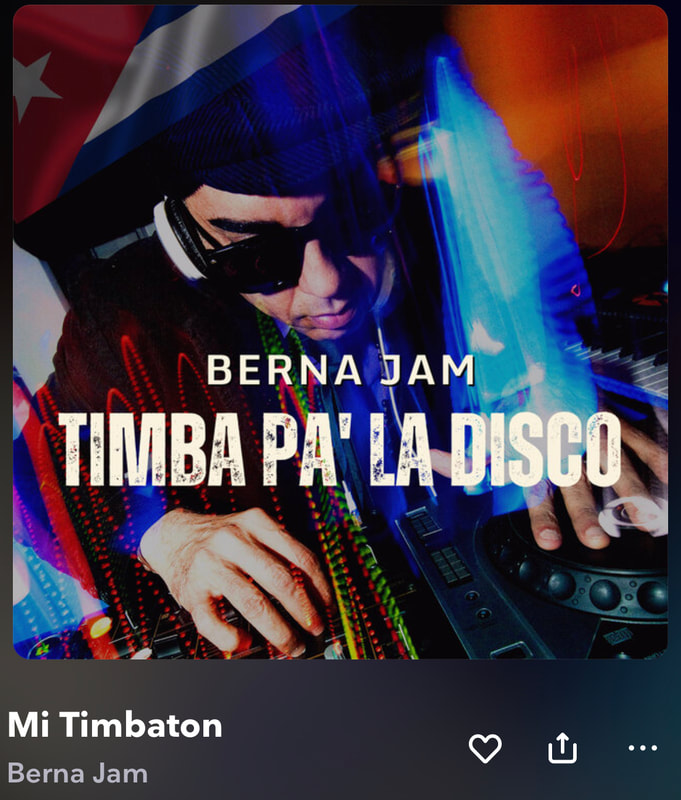
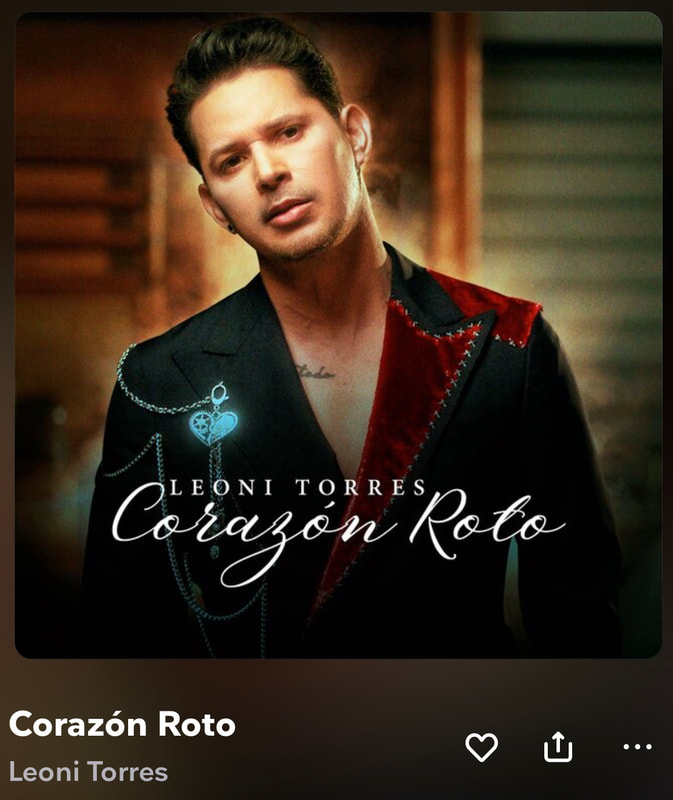


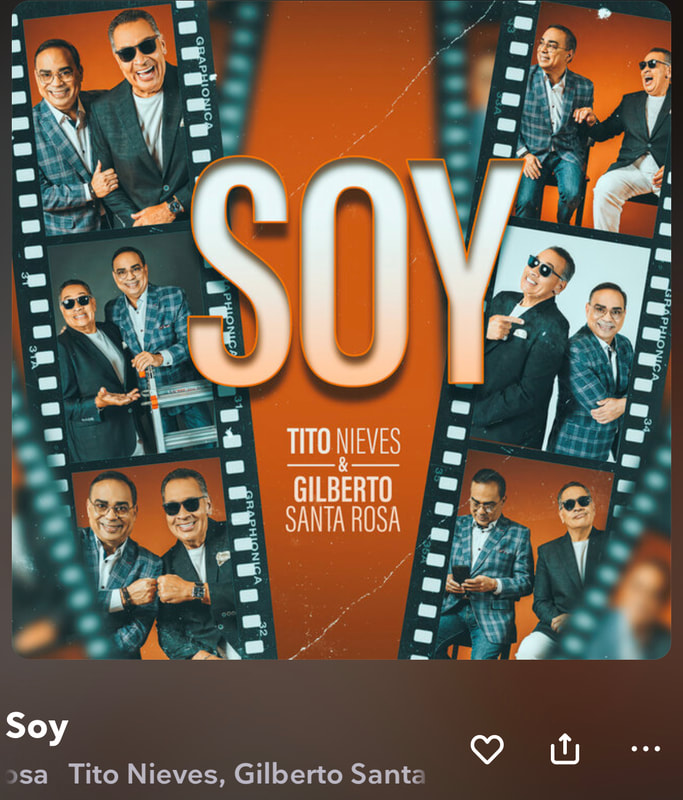


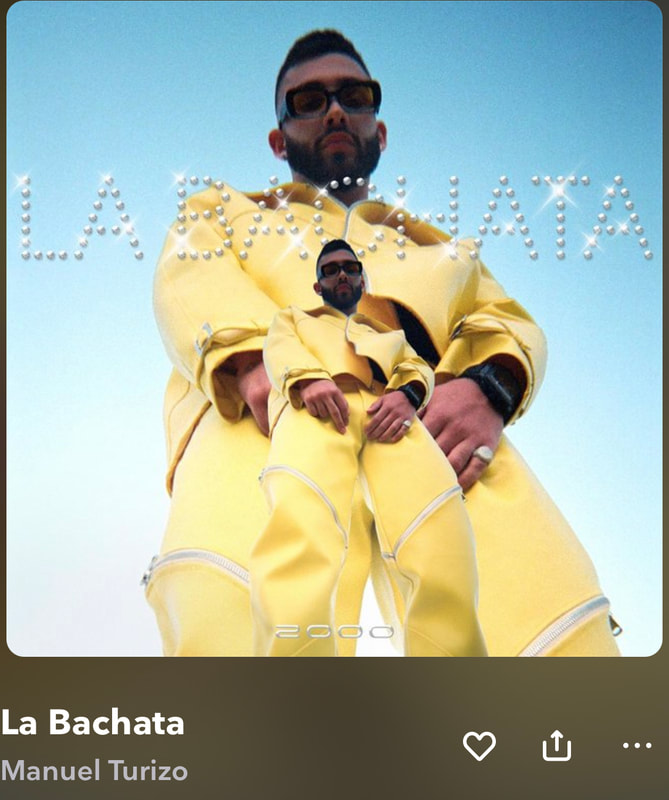

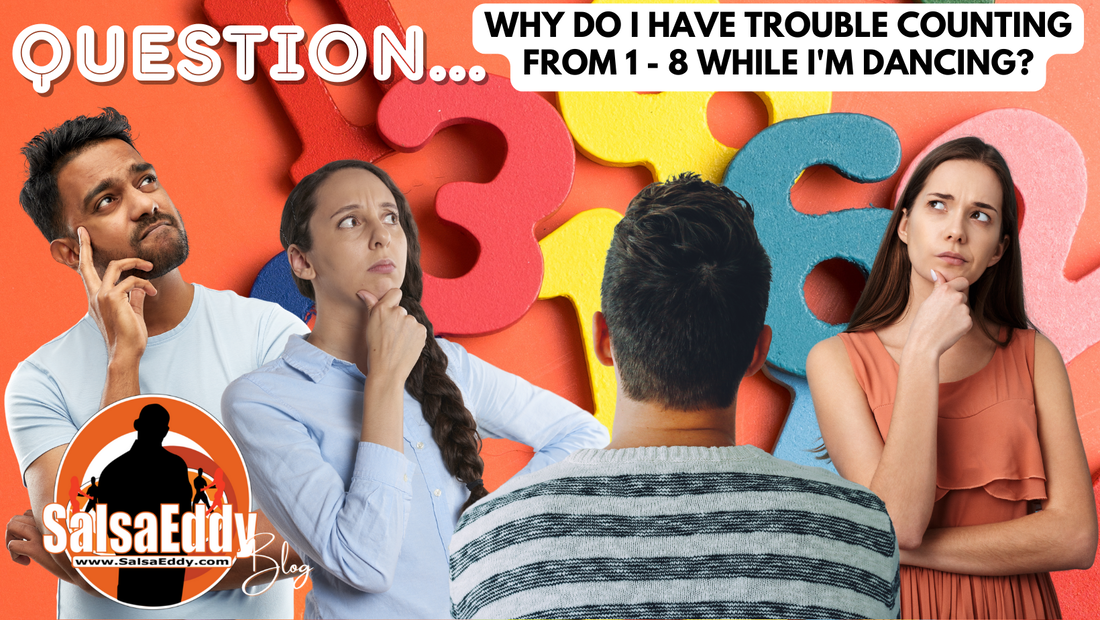
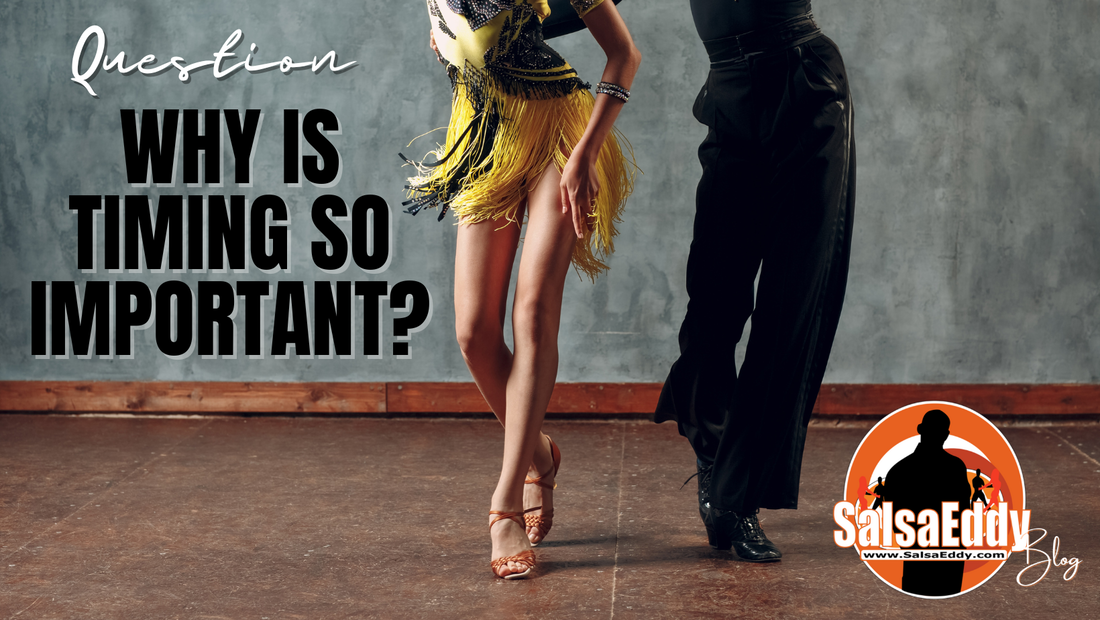


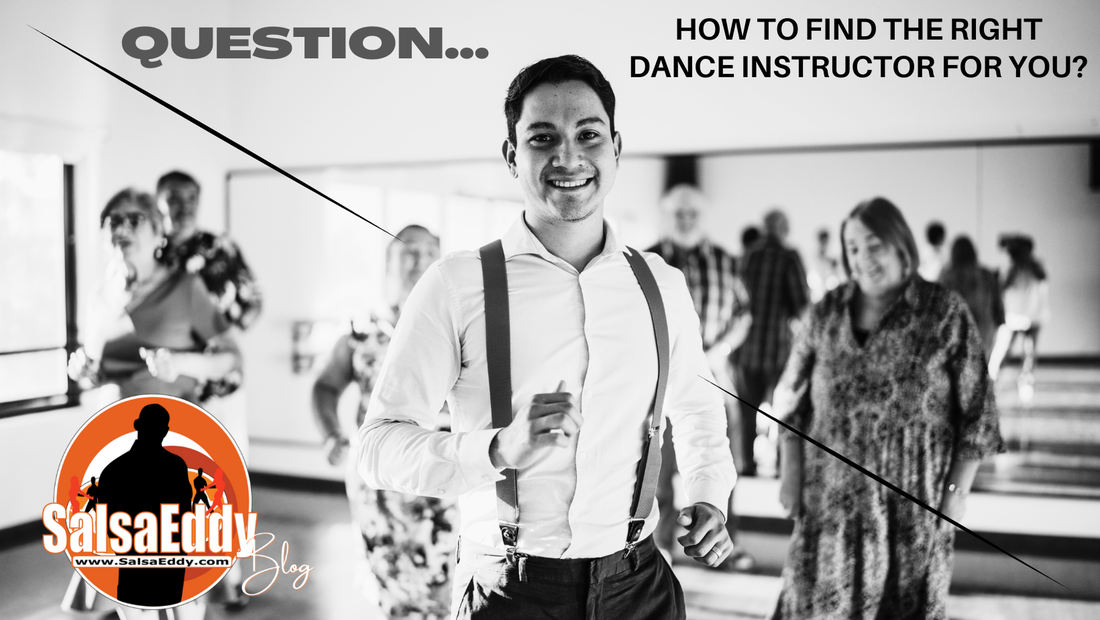

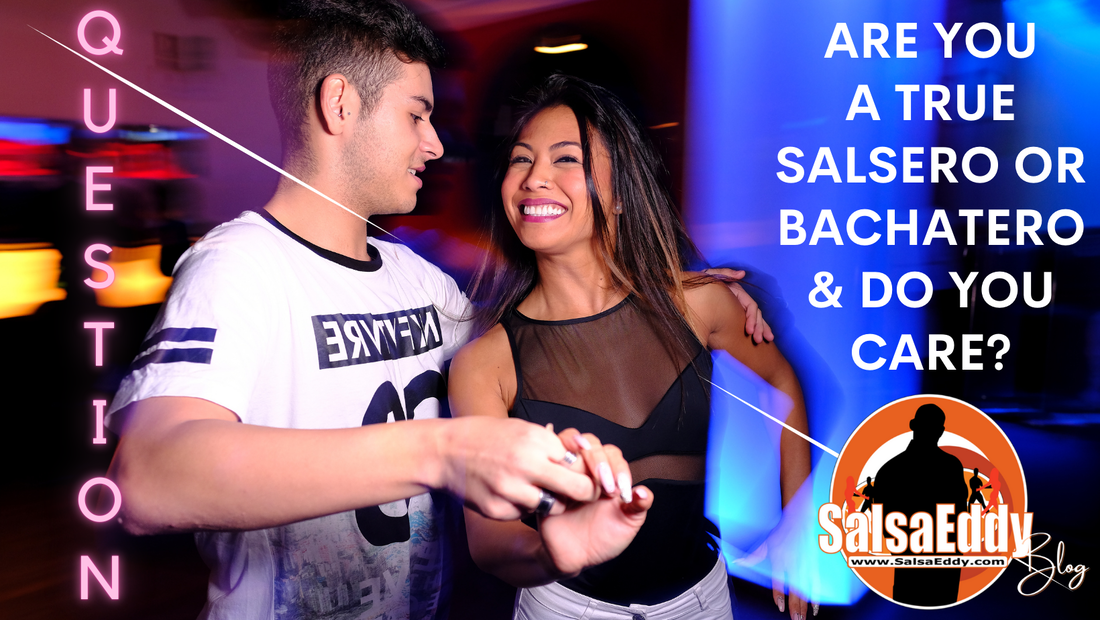
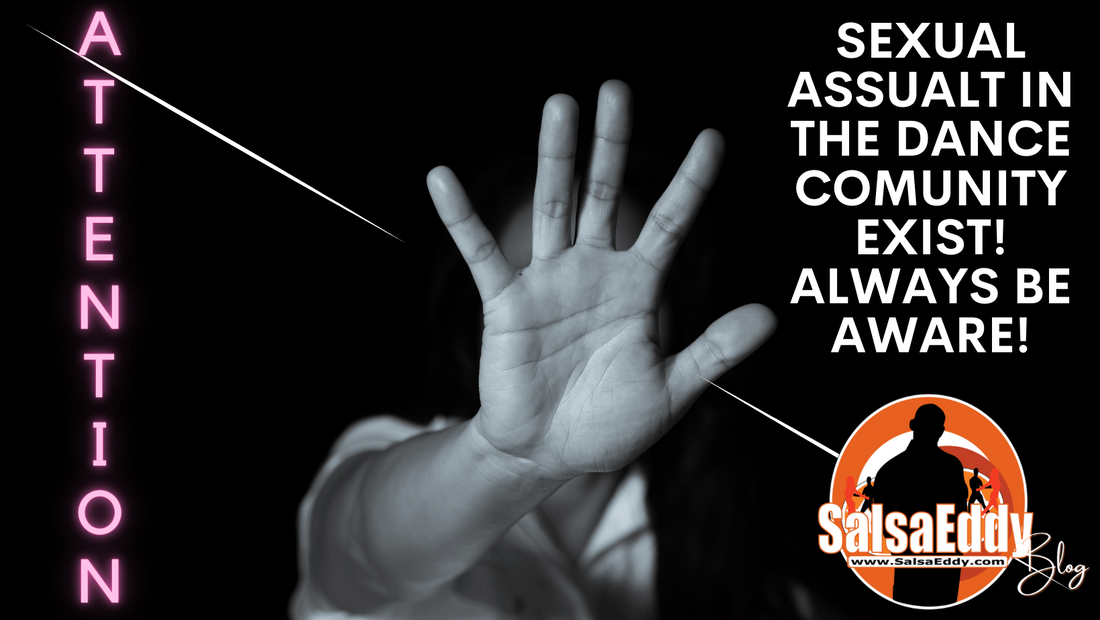
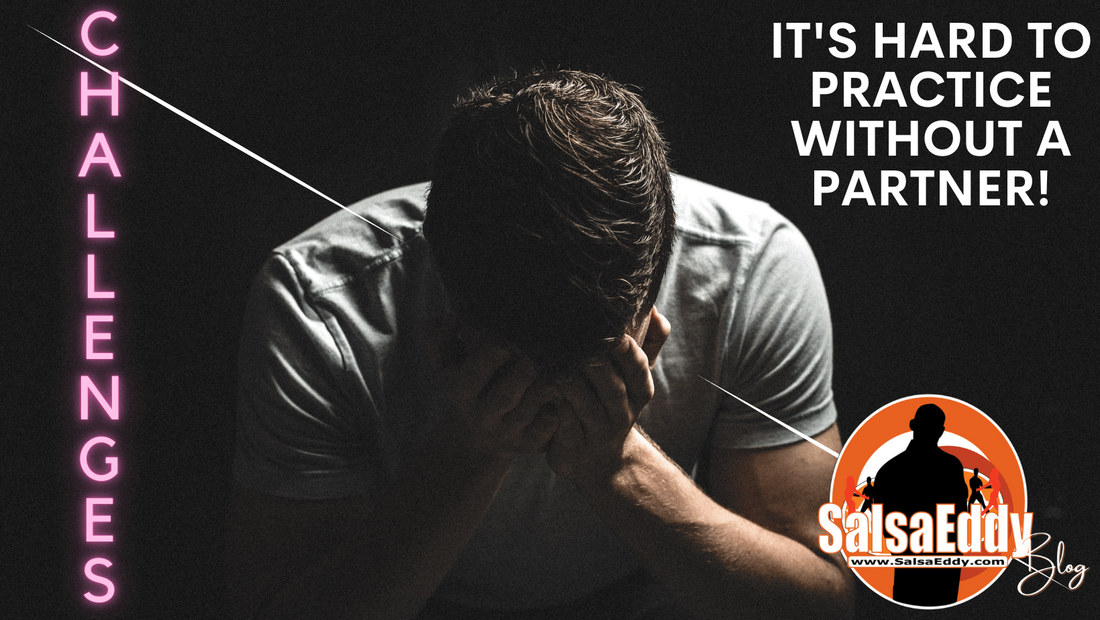
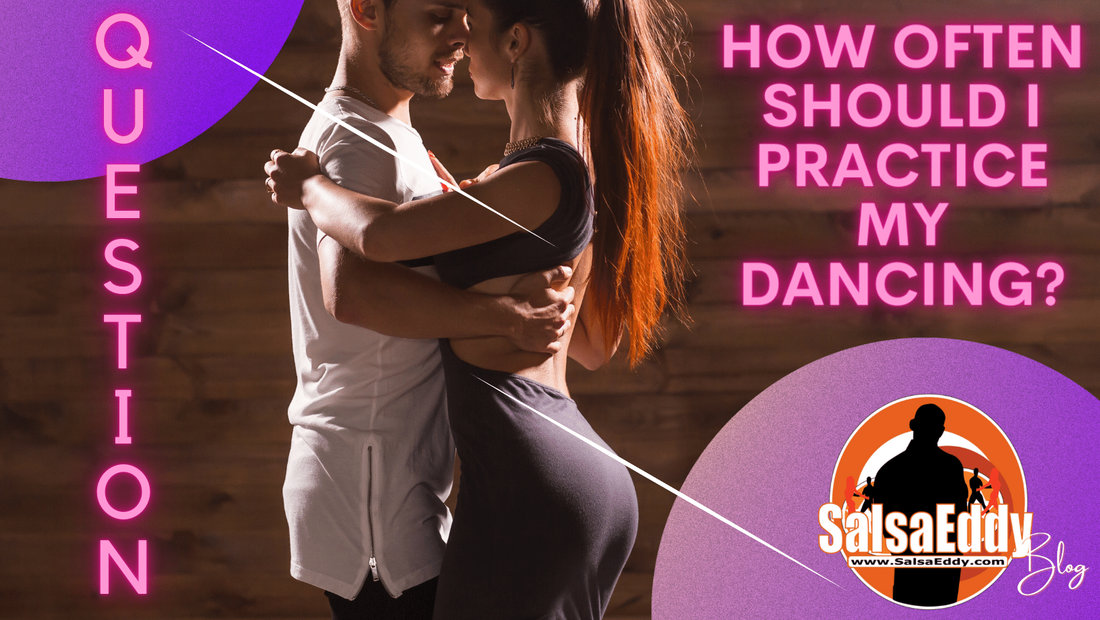
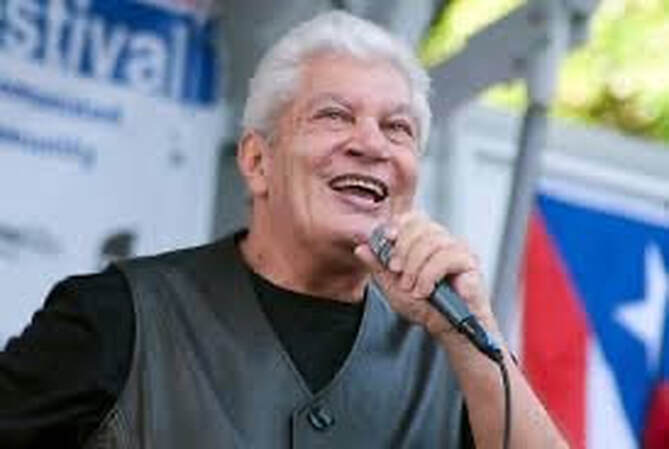
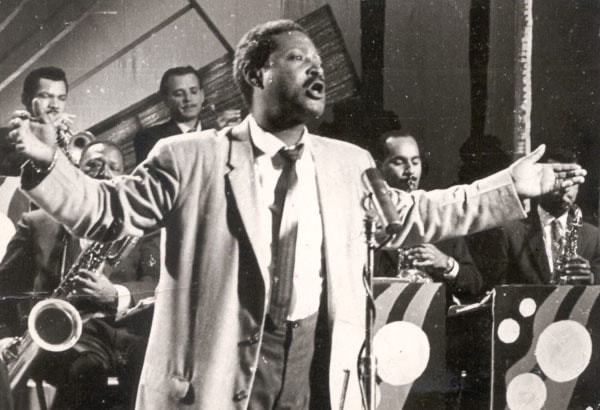
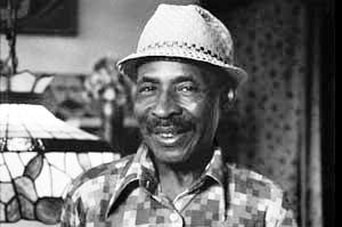
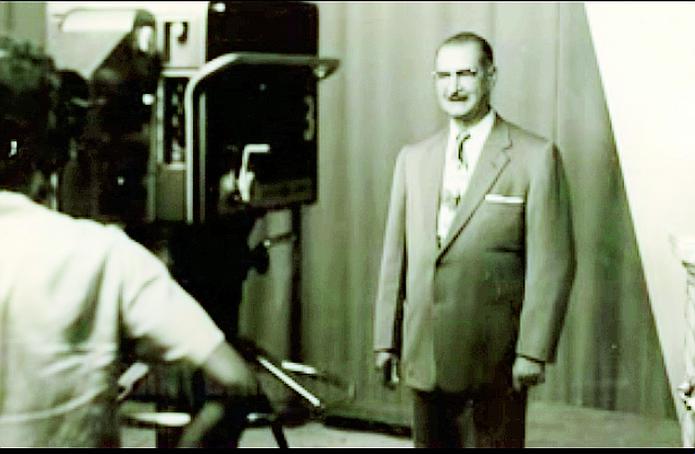
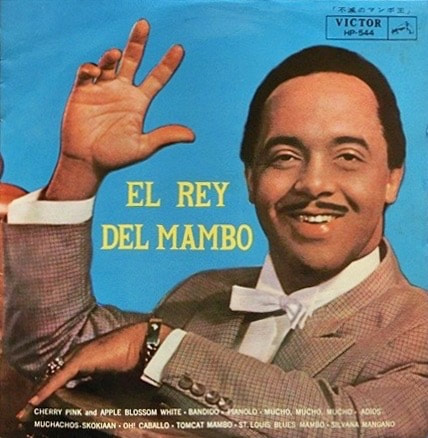
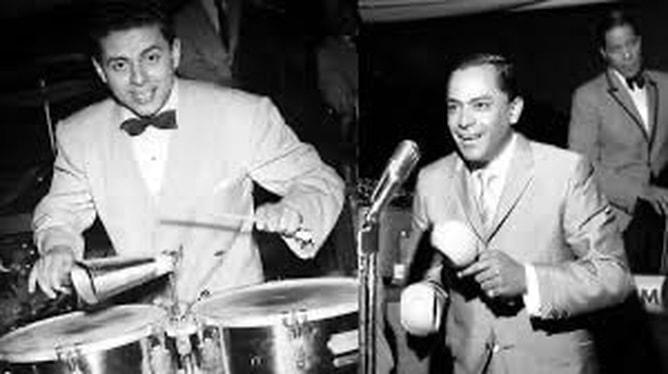
 RSS Feed
RSS Feed
